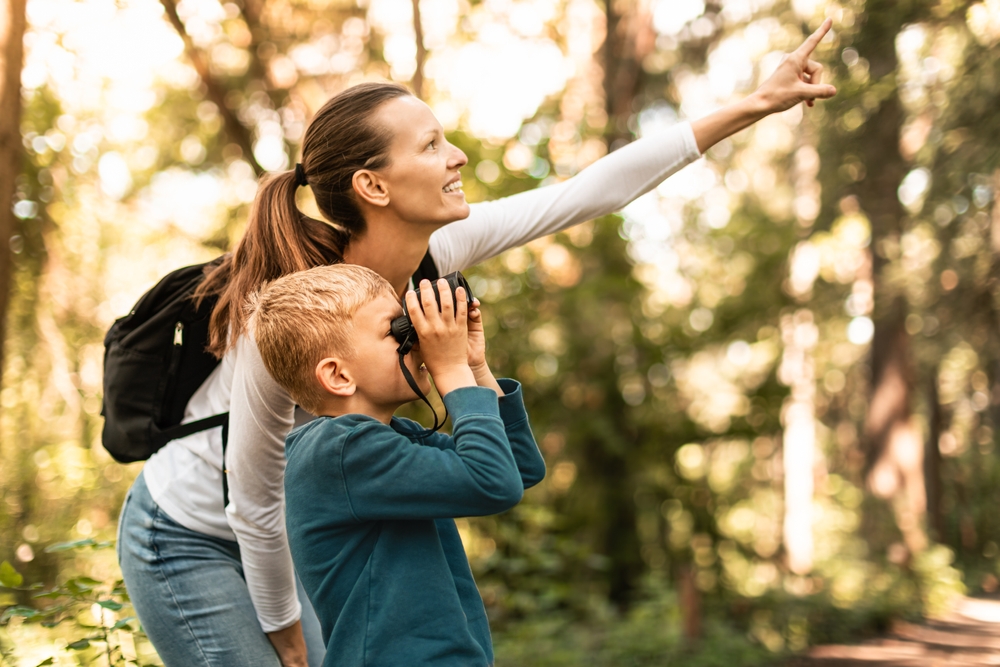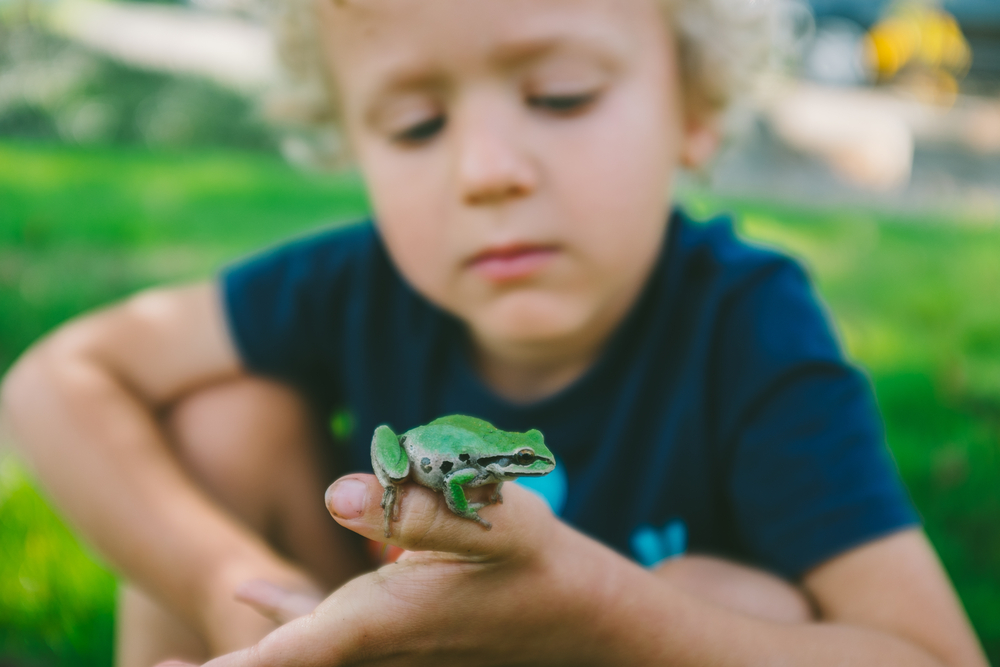Teaching kids about wildlife conservation instills a lifelong respect for nature and fosters responsible environmental habits. Introducing them to the concepts of conservation at home gives children a chance to connect with nature, learn about protecting wildlife, and understand the importance of preserving ecosystems. Fun and engaging activities make conservation both accessible and exciting for kids.

A great way to start is by creating a backyard wildlife habitat. Kids can help set up bird feeders, plant native flowers for pollinators, or build bug hotels with materials like sticks and leaves. Watching wildlife visit the space they’ve helped create instills a sense of pride and wonder, sparking curiosity about local ecosystems. Nature journaling is another interactive way for children to observe and document wildlife while learning about various species.
Reading books and watching documentaries about wildlife are also excellent learning tools. Discussing topics like endangered species, habitats, and pollution in an age-appropriate way fosters empathy and understanding. Encouraging simple conservation habits, such as recycling, using reusable containers, and saving water, shows kids how small actions can make a difference. You’re nurturing a generation connected to and passionate about the environment through these activities.
Hands-on conservation projects can deepen kids’ connection to nature and make conservation tangible. Organize a family day to clean up a local park or nature trail, pick up litter, and learn about the impact of pollution on wildlife. Kids can also participate in planting trees or restoring natural habitats, seeing firsthand how their efforts benefit the environment. These activities teach them about conservation and reinforce the idea that everyone can contribute to a healthier planet.

Encouraging kids to care for a small garden or a few potted plants at home introduces them to the basics of ecosystem care. Assigning responsibilities like watering, weeding, and observing plant growth fosters a sense of ownership and teaches patience. For a more wildlife-focused approach, plant flowers that attract pollinators like bees and butterflies, turning the garden into a mini sanctuary. Kids will enjoy spotting different insects and learning about the essential role these tiny creatures play in the health of our ecosystems.
Finally, using creative arts and crafts to explore conservation themes allows kids to express their understanding of nature in fun ways. They can make animal masks, paint pictures of their favorite wildlife, or create dioramas of ecosystems they’ve learned about. Crafts using recycled materials further reinforce the concept of sustainability. Through art, kids can explore complex ideas like habitats and biodiversity playfully and imaginatively, strengthening their appreciation for the natural world and inspiring them to be lifelong conservationists.
